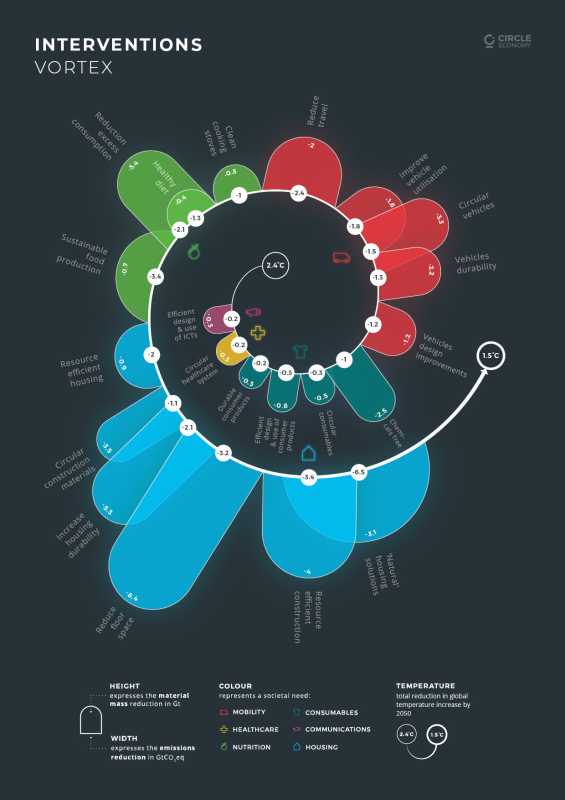Features
Dive Into Circular Economy Models For Businesses

In today’s world, where resources are becoming increasingly scarce and the negative impacts of consumption and waste are evident, businesses are embracing the concept of the circular economy. Circular economy models aim to maximize resource efficiency, minimize waste, and create long-term value for businesses and the environment. Let’s explore the various circular economy models that businesses can adopt to drive sustainability and profitability.
Cradle to Cradle
The cradle-to-cradle (C2C) model emphasizes the design and production of products in a way that they can be fully recovered, recycled, and reintroduced into the production process at the end of their life cycle. This model encourages businesses to prioritize the use of renewable materials, eliminate harmful substances, and design products for disassembly and recycling. By embracing the C2C model, businesses can achieve closed-loop systems where waste is eliminated and resources are continuously put back into productive use.
Product as a Service (PaaS)
The product as a service model offers an alternative to traditional ownership, shifting the focus from selling products to selling their usage. Instead of buying a product, consumers pay for the service or function that the product provides. This approach encourages businesses to design products that are durable, repairable, and upgradeable. By retaining ownership of the product, businesses can take responsibility for the product’s end-of-life management, promoting recycling and refurbishment to extend its useful life and minimize waste.
Sharing Economy
The sharing economy model emphasizes the collaborative consumption of resources, enabling multiple users to access and utilize products and services rather than owning them individually. Sharing platforms facilitate the sharing of assets, such as cars, accommodations, and tools, optimizing their utilization and reducing the need for excessive production and consumption. By participating in the sharing economy, businesses can create additional revenue streams by renting out their underutilized assets and contribute to reducing overconsumption.
Remanufacturing
Remanufacturing involves the process of restoring used products to their original condition, extending their lifespan, and restoring them to marketable quality. This model typically involves disassembling, repairing, and replacing parts of the product before remanufacturing it. By embracing remanufacturing, businesses can reduce the demand for new products, save resources, and decrease waste generation. It also opens up opportunities for businesses to tap into additional revenue streams by offering remanufactured products that are often more cost-effective than new ones.
Reverse Logistics
Reverse logistics focuses on the management of product returns, repairs, and end-of-life processes. Rather than discarding products, businesses can implement systems to collect, refurbish, recycle, or dispose of them properly. This model ensures that products are reintegrated into the value chain, reducing waste and maximizing resource utilization. Effective reverse logistics can improve customer satisfaction, reduce costs associated with waste disposal, and create opportunities for businesses to extract value from returned products.
Industrial Symbiosis
Industrial symbiosis involves the collaboration between different industries or businesses to exchange resources, by-products, and energy to maximize efficiency and minimize waste. This model facilitates the creation of closed-loop systems where one industry’s waste becomes another industry’s input. By promoting the exchange and reuse of resources, businesses can reduce the need for virgin materials, decrease waste generation, and create new business opportunities through symbiotic relationships.
In conclusion, various circular economy models offer businesses the opportunity to align their operations with sustainability goals while driving profitability. By adopting models such as cradle-to-cradle, product as a service, sharing economy, remanufacturing, reverse logistics, and industrial symbiosis, businesses can transition towards a more sustainable, resource-efficient, and economically viable future.










